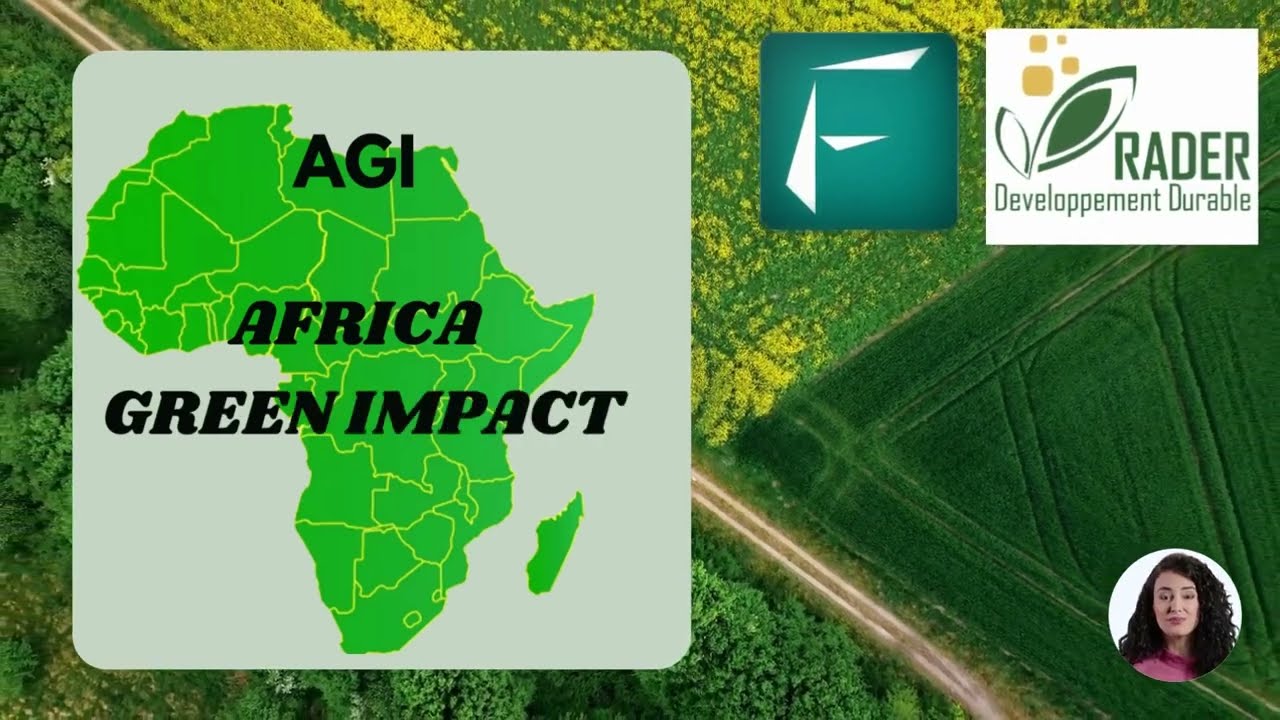Las Bambas Copper, Lubambe Copper Mine Ltd: 2026 Trends
“Peru produced over 2.3 million metric tons of copper in 2023, ranking second globally after Chile.”
Table of Contents
- Copper Mining in the Modern Industrial Economy: An Overview
- Las Bambas Copper Mine, Peru: A South American Giant
- Lubambe Copper Mine Ltd, Zambia: Underground Excellence
- Economic, Social, and Environmental Impacts in Peru & Zambia
- Sustainable Mining Methods and New Technologies
- Las Bambas vs Lubambe: Comparative Supply, Sustainability & Impact (2025–2026)
- Key Industry Trends Toward 2026 & Beyond
- Leveraging Satellite Tech for Copper Mining: The Farmonaut Perspective
- FAQ on Las Bambas Copper & Lubambe Copper Mine Ltd
- Conclusion
Copper Mining in the Modern Industrial Economy: An Overview
Copper remains a critical mineral powering modern industrial sectors. From electrical grids, renewable energy infrastructure, and construction to transportation, copper is the backbone of global progress. In 2025 and beyond, with the mounting global demand for sustainable energy and rapid electrification, the mines in Peru and Zambia—notably the Las Bambas copper mine and Lubambe Copper Mine Ltd—are more pivotal than ever.
The copper sector is undergoing a profound shift as production adapts to world-changing trends: adoption of sustainable mining methods, increased digitization, and growing social focus on equitable economic development. Las Bambas copper and Lubambe copper mine ltd stand out for contributing significantly to their respective regions and shaping the future of global copper supply.
Las Bambas Copper Mine, Peru: A South American Giant
Las Bambas copper mine, located in the Apurímac region of Peru, remains one of the world’s largest copper producers. Operated by MMG Limited, this giant has consistently been a cornerstone of Peru’s mining sector since production began in 2016. As of 2025 and looking toward 2026, Las Bambas continues to sustain high output levels, significantly bolstering Peru’s status as the second-largest global copper producer.
- Extraction methods: Las Bambas extracts copper primarily via state-of-the-art open-pit mining methods.
- Technologies: The operation leverages advanced mineral processing technologies to optimize yield and reduce environmental impact.
- Resource value: Its high-grade porphyry copper deposits are complemented by significant molybdenum reserves, adding substantial value to its portfolio.
- Economic role: As a major employer in a historically underdeveloped region, Las Bambas has a transformative effect on local development by providing thousands of direct jobs and stimulating numerous indirect opportunities through its supply chains.
Moreover, Las Bambas is a vital pillar in Peru’s export economy, accounting for a notable share of the country’s foreign exchange earnings.
Monitor mining operations in real time using Farmonaut’s Large Scale Agro-Admin App—beneficial for government and business users aiming for precision, efficiency, and resource optimization in mining regions like Apurímac.
Las Bambas Copper: Community, Social, and Environmental Focus
The Las Bambas copper mine has faced community relations challenges—especially as local indigenous and farming communities advocate for fairer land use agreements, enhanced environmental safeguards, and investment in social infrastructure. The operation recognizes that maintaining a social license to operate requires ongoing engagement and stewardship.
- MMG Limited has increased investments in sustainable practices and community engagement since 2023.
- Upgrades in waste management, water conservation, and emissions reduction help reduce the operation’s environmental impact.
- Expanded education, health, and infrastructure programs foster more inclusive regional development.
These initiatives place Las Bambas at the forefront of sustainable mining methods in South America and the world.
Lubambe Copper Mine Ltd, Zambia: Underground Excellence
“Zambia aims to increase copper production by 40% by 2025 through new sustainability initiatives at major mines.”
Turning to Africa, the Lubambe Copper Mine Ltd in Zambia’s Copperbelt Province exemplifies advanced underground mining. Operated by EMR Capital, Lubambe uses underground mining methods focused on high-grade sulphide ores, a signature of Zambia’s mineral-rich geology.
- Technological advancement: Lubambe integrates automation, real-time ore body mapping, and other digital solutions to increase output and enhance mine safety.
- Resources: Not just copper—Lubambe also produces cobalt, a mineral critical for batteries, electric vehicles, and renewable energy storage.
- Economic perspective: The mine is an anchor of the local economy, supporting direct and indirect employment and contributing substantial export revenue, thereby fostering regional economic development.
As Zambia seeks to grow its mining sector by 2026, Lubambe is at the heart of efforts to adopt more sustainable mining practices and diversify output with high-grade cobalt—positioning the mine as a global and local pillar.
Economic, Social, and Environmental Impacts in Peru & Zambia
Both Las Bambas copper and Lubambe copper mine ltd are pivotal not only in terms of mineral output and export revenue, but also in shaping the social and environmental landscape of their respective regions.
- Economic Impact:
- Las Bambas and Lubambe collectively contribute significantly to the GDP and foreign exchange earnings in Peru and Zambia, respectively.
- Through direct employment and engagement of local supply chains, they boost regional economic development.
- As large buyers of goods and services, both operations stimulate ancillary industries and job creation.
- Social Impact:
- Thousands of direct and indirect jobs have been created, particularly in historically underdeveloped regions.
- Investment in health, education, and infrastructure projects raises the quality of life for local communities.
- Collaborative frameworks with indigenous and farming communities improve social stability, although ongoing dialogue remains a focal point for both mines.
- Environmental Impact:
- Both Las Bambas and Lubambe are implementing advanced environmental management and safeguards to reduce negative impacts.
- There is a growing focus on tailings management, water conservation, air quality, and land rehabilitation.
- 2026 will see increased investment in sustainability and environmental monitoring technologies.
Sustainable Benefits and Regional Transformation
These mines support transformative infrastructure projects, including roads, water treatment, and renewable power initiatives. Farmonaut’s environmental monitoring tools support companies and governments in carrying out carbon footprinting and implementing sustainability strategies—driving compliance and responsible impact at copper and cobalt mine sites.
Sustainable Mining Methods and New Technologies
In 2025 and approaching 2026, the mining sector is investing heavily in sustainable methods to ensure long-term resource management, environmental stewardship, and social inclusion.
- Las Bambas Copper employs waste segregation, advanced tailings centrifuge systems, and closed-loop water circuits.
- Lubambe Copper Mine Ltd is rolling out automation, electric fleet vehicles, and real-time environmental sensors to reduce emissions and workplace hazards.
- Both invest in mining rehabilitation plans, partnering with local organizations to restore land and manage biodiversity.
- The blockchain-based traceability solutions from platforms like Farmonaut help downstream copper buyers prove provenance and sustainability claims for global supply chains.
Las Bambas vs Lubambe Copper Mine Ltd: Comparative Supply, Sustainability & Impact (2025–2026)
To better understand how these two prominent copper mines compare, we provide a comparative trends table for 2025 and 2026—based on public estimates of production, sustainability, economic, and employment impact.
| Mine Name | Country | Estimated Copper Production (2025, 2026, tons) |
Sustainable Method Adoption (% of Operations) |
Economic Contribution (Est. Revenue, $Million) |
Employment Impact (Est. Jobs 2025, 2026) |
Environmental Initiatives (Key Programs/Goals) |
|---|---|---|---|---|---|---|
| Las Bambas Copper Mine | Peru (Apurímac) | 400,000 (2025) 410,000 (2026) |
74% (2025) 78% (2026) |
$3,500 (2025) $3,650 (2026) |
8,000 (2025) 8,150 (2026) |
Tailings reprocessing, closed water cycles, land restoration, emissions reduction, community health initiatives |
| Lubambe Copper Mine Ltd | Zambia (Copperbelt Province) | 43,000 (2025) 48,000 (2026) |
67% (2025) 73% (2026) |
$390 (2025) $490 (2026) |
2,200 (2025) 2,400 (2026) |
Electric mining vehicles, underground water management, biodiversity offset programs, ore recovery optimization |
Key Industry Trends Toward 2026 & Beyond: Las Bambas Copper & Lubambe Copper Mine Ltd
Looking toward 2026 and beyond, these are the defining trends shaping the future of copper mining in Peru and Zambia:
- Electrification and Decarbonization: Growth in renewable energy infrastructure, urbanization, and EV demand drive copper consumption. Mines are decarbonizing operations to align with global climate goals.
- Sustainable Supply Chains: Investors and buyers increasingly demand blockchain-based traceability and carbon footprint reporting—traceability technologies are becoming mainstream in mining supply chains.
- Remote Sensing and Digitization: Satellite-based monitoring (like that provided by Farmonaut), AI-data systems, and digital twins are improving operational predictability, ore recovery, and site sustainability.
- Community Engagement: Stakes are rising for community benefit sharing, fairer land use, and participatory project frameworks—especially in indigenous and farming communities.
- Resource Diversification: Lubambe’s expansion into cobalt and Las Bambas’s contribution to Peru’s molybdenum output reflect the push toward multi-mineral portfolios to meet changing global demands.
- Resilience to Volatility: Price swings, supply disruptions, and geopolitical risks fuel the need for advanced risk management and flexible mining strategies—enabled by better forecasting and real-time monitoring tools.
Leveraging Satellite Tech for Copper Mining: The Farmonaut Perspective
At Farmonaut, we believe that addressing the future of mining, sustainability, and compliance requires accessible and actionable data. Our satellite-based solutions for agriculture and mining empower mine operators, governments, and supply chain partners in regions like Peru and Zambia to achieve:
- Real-Time Monitoring: AI-powered satellite imagery allows continuous observation of mine sites for environmental management, yield optimization, and risk mitigation.
- Carbon Footprinting: Advanced monitoring tools track emissions, enabling mines to meet regulatory requirements and sustainability targets.
- Fleet & Resource Management: The Fleet Management platform is used to track the efficiency, safety, and carbon output of vehicle and machinery fleets in large mining operations such as Las Bambas and Lubambe.
- Blockchain Traceability: Farmonaut’s traceability system ensures the integrity and ethical sourcing of copper and cobalt, enhancing trust throughout the value chain.
- Financing & Insurance Verification: Tools like satellite-based verification enhance access to sector-specific funding and insurance, reducing risk for lenders and operators in the mining ecosystem.
Our API and developer documentation are available to integrate these insights and analytics into operational dashboards, business ERPs, or research pipelines relevant to the copper and mining industry.
Why Choose Farmonaut?
- Scalable for local, national, and global operators
- Affordable subscription models (see below)
- Promotes responsible mining, resource efficiency, and transparency for stakeholders and communities alike
- Delivers actionable data across devices—Android, iOS, Web, and API
Explore how Farmonaut’s satellite platform can support copper, cobalt, and mineral extraction initiatives with a free trial or monthly subscription—visit our web or mobile apps!
FAQ on Las Bambas Copper & Lubambe Copper Mine Ltd (2025–2026)
- What are the primary minerals produced by Las Bambas and Lubambe Copper Mine Ltd?
Las Bambas (Peru) and Lubambe Copper Mine Ltd (Zambia) primarily produce copper. Las Bambas also produces molybdenum, while Lubambe produces cobalt—crucial for renewable energy and battery technologies.
- How are these mines contributing to their local economies in 2026?
Both mines are vital pillars for local and national economies, providing thousands of jobs, investing in infrastructure, and contributing hundreds of millions in export revenue and foreign exchange earnings.
- What sustainable practices are being adopted at Las Bambas and Lubambe?
Las Bambas is deploying advanced mineral processing, tailings management, water conservation, and land rehabilitation. Lubambe focuses on underground mining automation, electric vehicles, and biodiversity programs. Both are integrating satellite monitoring, emissions tracking, and blockchain traceability.
- What are the main challenges facing these copper mines?
Key challenges include community and land relations (particularly with indigenous and farming populations), environmental management, social infrastructure delivery, climate adaptation, and commodity price volatility.
- How does Farmonaut support mining operations?
We provide satellite-powered solutions for real-time monitoring, environmental compliance, carbon footprinting, fleet management, and supply-chain traceability for mines and governments. Learn more on our website.
Conclusion: Las Bambas and Lubambe—Pillars of Copper Production & Economic Development
In summary, Las Bambas copper mine (Peru) and Lubambe Copper Mine Ltd (Zambia) are pivotal—not just as two of the world’s most prominent copper operations, but as pillars of economic growth, community empowerment, and sustainability in their regions. Looking towards 2026 and beyond:
- They sustain high levels of output critical to global copper supply, contributing substantially to local and national economies.
- Sustainability initiatives, technological innovation, and community engagement are elevating the copper mining sector to new ethical and environmental standards.
- As renewable energy, electrification, and infrastructure demand for copper continue to rise, Las Bambas and Lubambe will remain integral supply anchors.
For industry stakeholders, community leaders, and policymakers, the trend toward sustainable, inclusive, and technologically advanced copper mining is not optional—it is imperative. New tools, such as those provided by Farmonaut, are positioning mines, governments, and communities to thrive while addressing both market and sustainability challenges for a safer, more prosperous tomorrow.













